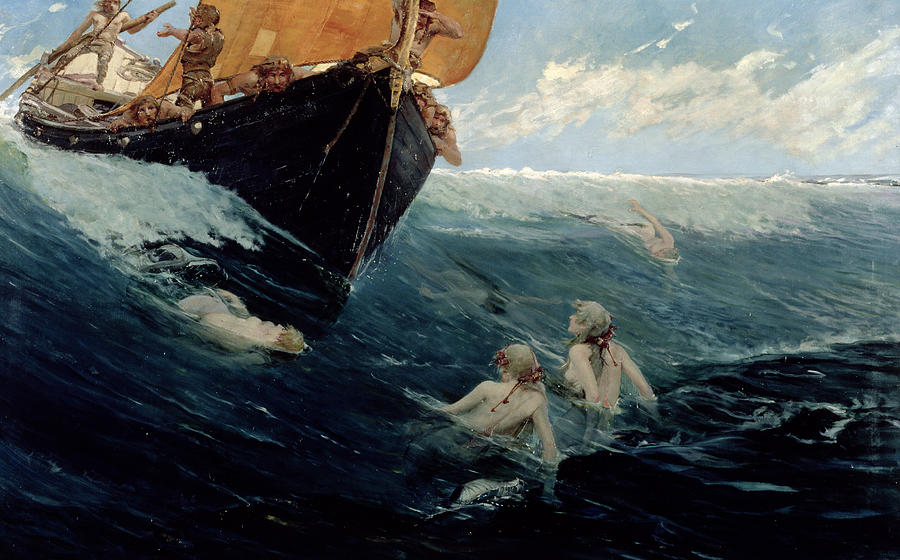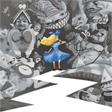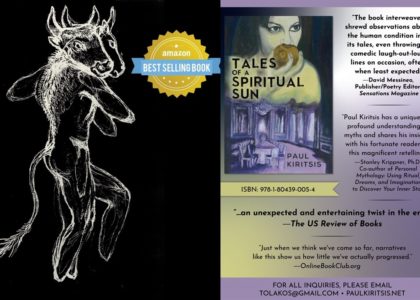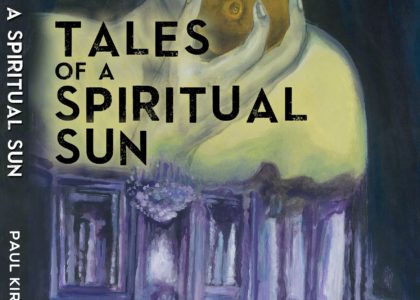
“Folktales are prose narratives of fictional content invented by individual people. They are more often than not communicated orally, have no religious or sacred content, and might concern themselves with magic, enchantment, monsters, and talking animals. No aspect of these stories carries or pretends to impersonate truth. Many cultures have established formulas with which they communicate them. Fairy tales, a subcategory of folktales, commonly open with “Once upon a time…” and end with “…lived happily ever after.” The folktale serves to communicate morals or from a Jungian standpoint, bring together archetypal opposites and unveil unconscious psychological patterns that may be at the heart of psychospiritual development (i.e. individuation or self-actualization).” – Dr. Paul Kiritsis
Over the next thirteen weeks, Dr. Paul Kiritsis will temporarily surrender the writing pen and resort to the spoken word for the sake of retelling thirteen classic folktales from Greece proper. These will include: The Water Nymph and the Veil, The Southsayer, Beauty and the Swan, The Sad Nightingale, The Dress that Went into a Walnut, The Marble Princess, The Bridge at Arta (Ballad), Three Pieces of Advice, The Lettuce Leaf, The Twelve Months, The Swot, The Magic Mirror, and The Ballad of the Dead Brother (Ballad).
Join him on YouTube for this literary pilgrimage into the Hellenic psyche…









